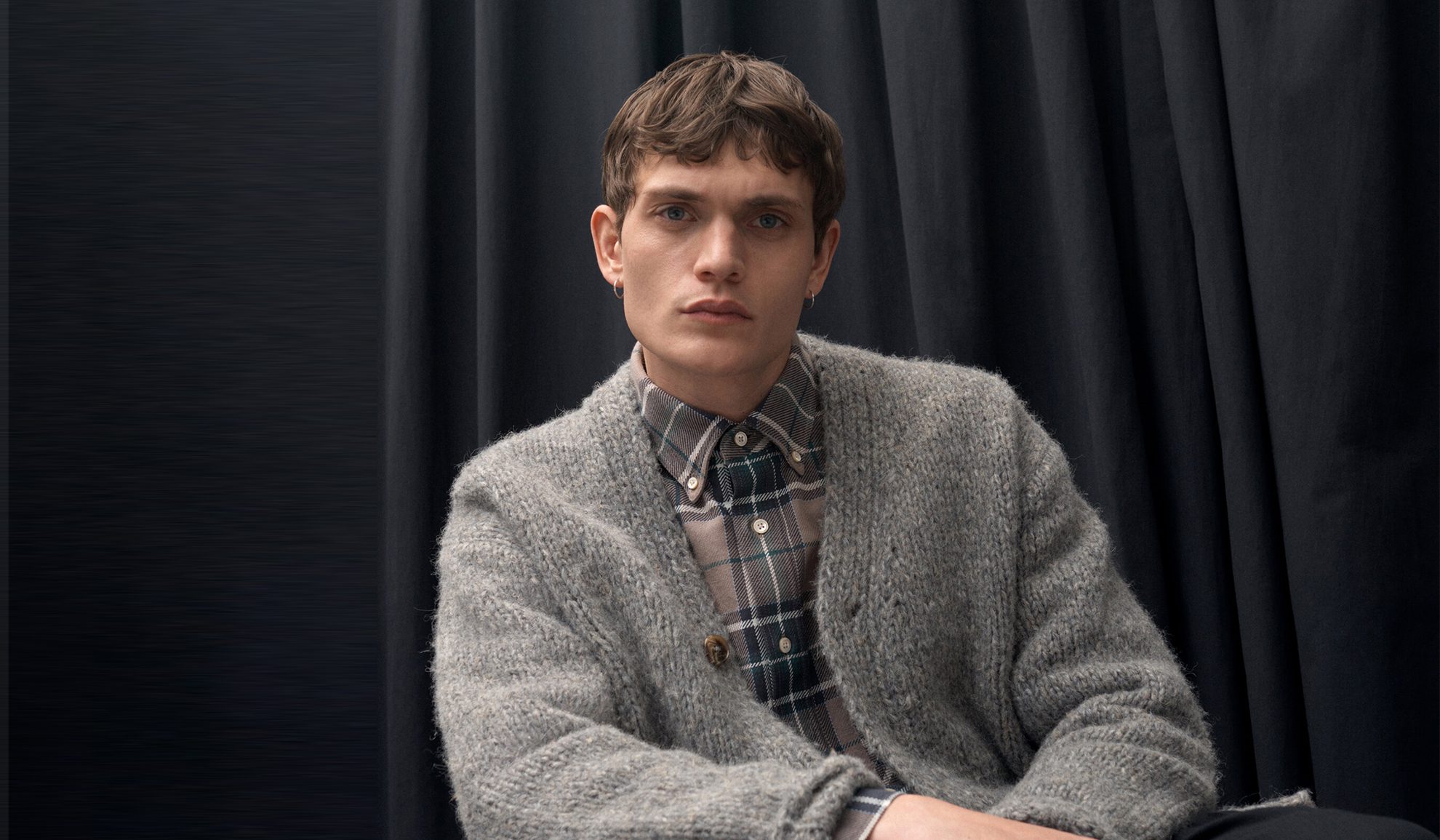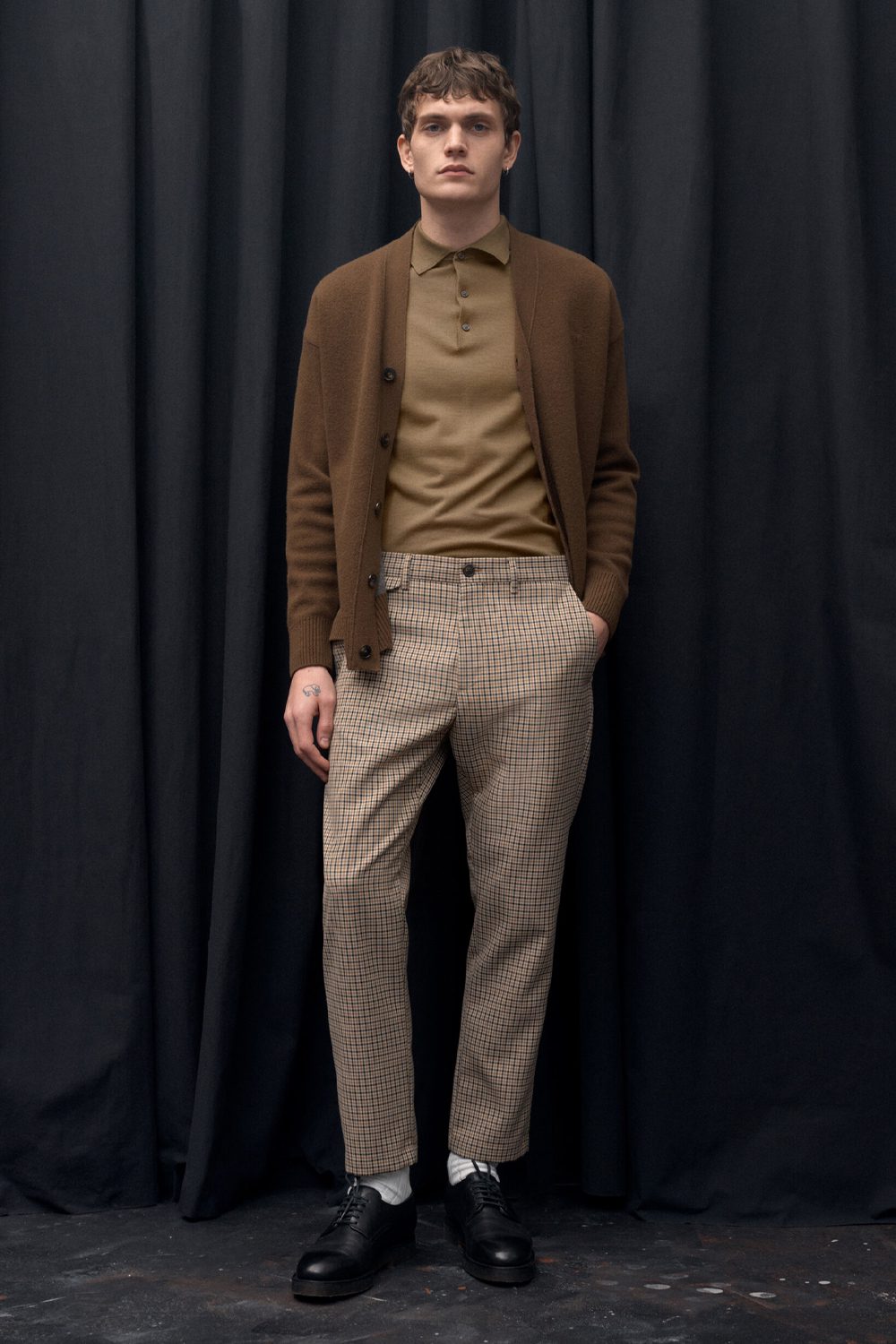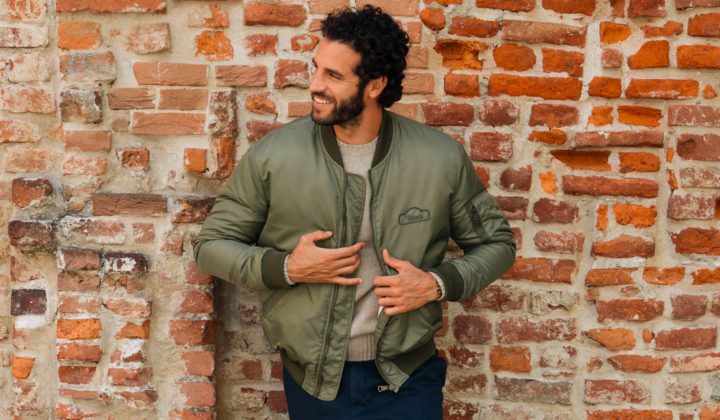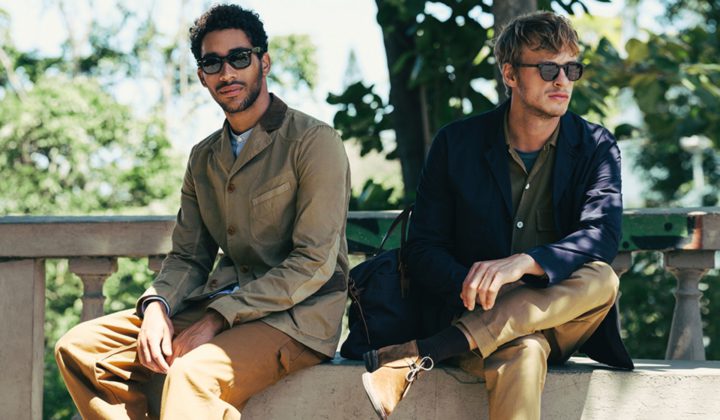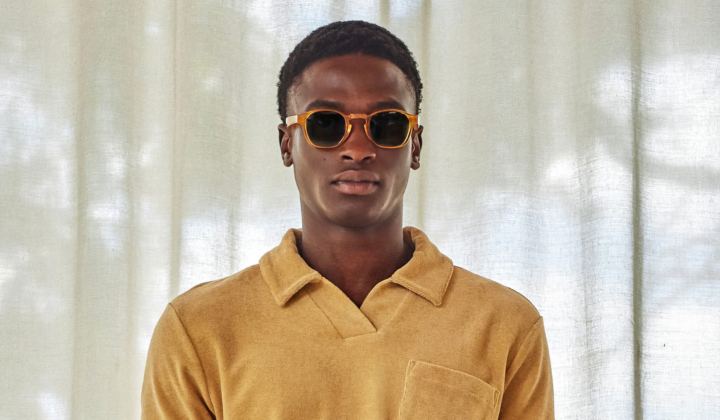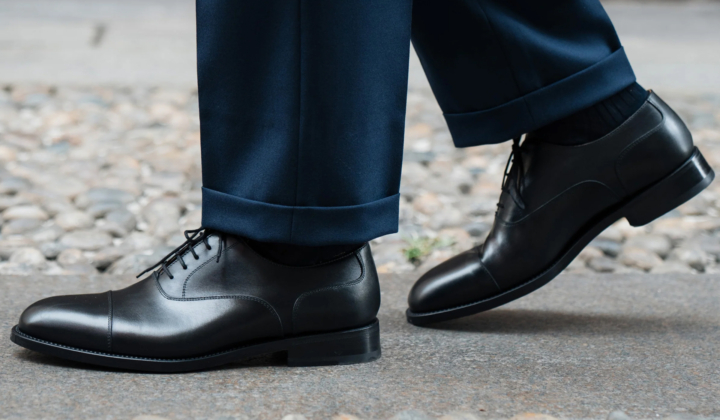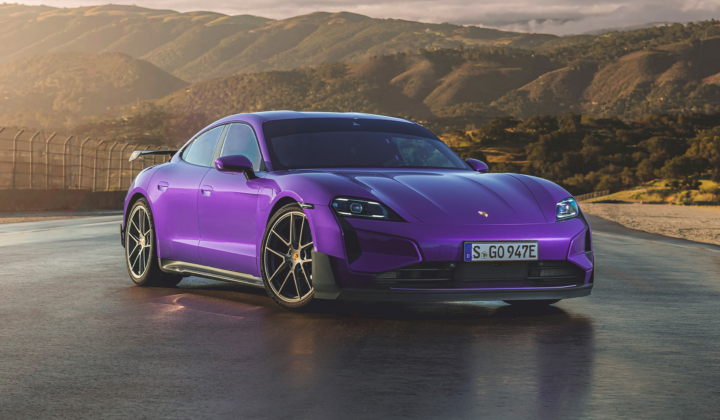Why The Cardigan Still Deserves Its Spot In Any Stylish Man’s Wardrobe
With all that swagger and charm, it’s small wonder that the Rat Pack has become a style touchstone, perhaps none less than the Chairman of the Board, Frank Sinatra. But, off stage and out of black tie, perhaps the cool has not travelled quite as well. Take, for example, the cover of Nice ’n’ Easy: there Sinatra is, wearing a cardigan.
Indeed, the fanatical golfer was something of a fanatical wearer of cardigans to play in – he’d buy his baggy-sleeved alpaca styles in his favourite shades of orange, lavender or pink, racking up a $30,000 a year bill at the Palm Springs Canyon Club store. And that was when $30,000 was a lot of money to spend on cardigans.
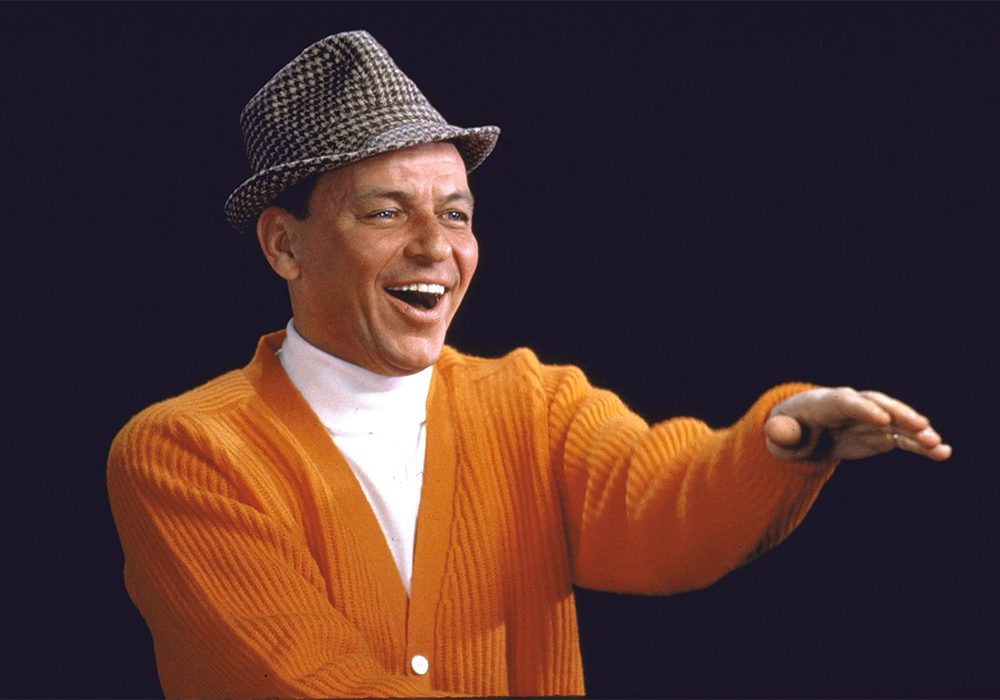
Frank Sinatra was a huge fan of the cardigan
Sinatra wasn’t alone in being a golfer who loved a cardigan. If today’s pros are missing a trick in favouring more technical clothing, the likes of Arnold Palmer and Jack Nicklaus – style kings as well as being masters of the fairway from the 1950s through to the 1970s – played in cardigans. But then Sinatra’s hero, Bing Crosby, was also a man of the cardigan. Check out his 1977 Christmas Special on TV, the one in which he sings Little Drummer Boy with David Bowie.
In fact, check out any superstar crooner of the same three decade period, from Andy Williams to Perry Como, and invariably you’ll find them in a cardigan. Como even made it his signature. For them the cardigan suggested the sexiness of a man entirely at ease with himself, who had no need for flashy duds to make up for any lack of charisma. Relaxed, calm, in control, a man of easy charm and a ready wit.
A Victim Of Stereotype
Given these credentials, how come the cardigan gets such a bad press? And we’re not talking about the chunky, shawl-collared, leather-buttoned cardigan beloved of Burt Reynolds, Miles Davis and Steve McQueen, or of Bond in Quantum of Solace, or The Dude in The Big Lebowski – the more macho take on the cardigan, suggesting fireside whisky after a hard day at sea. We’re not even talking about the letterman cardigans of peak preppy 1950s, the collegiate style of Potsie Weber and Richie Cunningham in Happy Days or Danny Zuko in Grease.
We’re talking about the less substantial variety, thinner, weedier, beloved – if TV and advertising is to be believed – more of librarians and retirees who ‘feel the cold’.
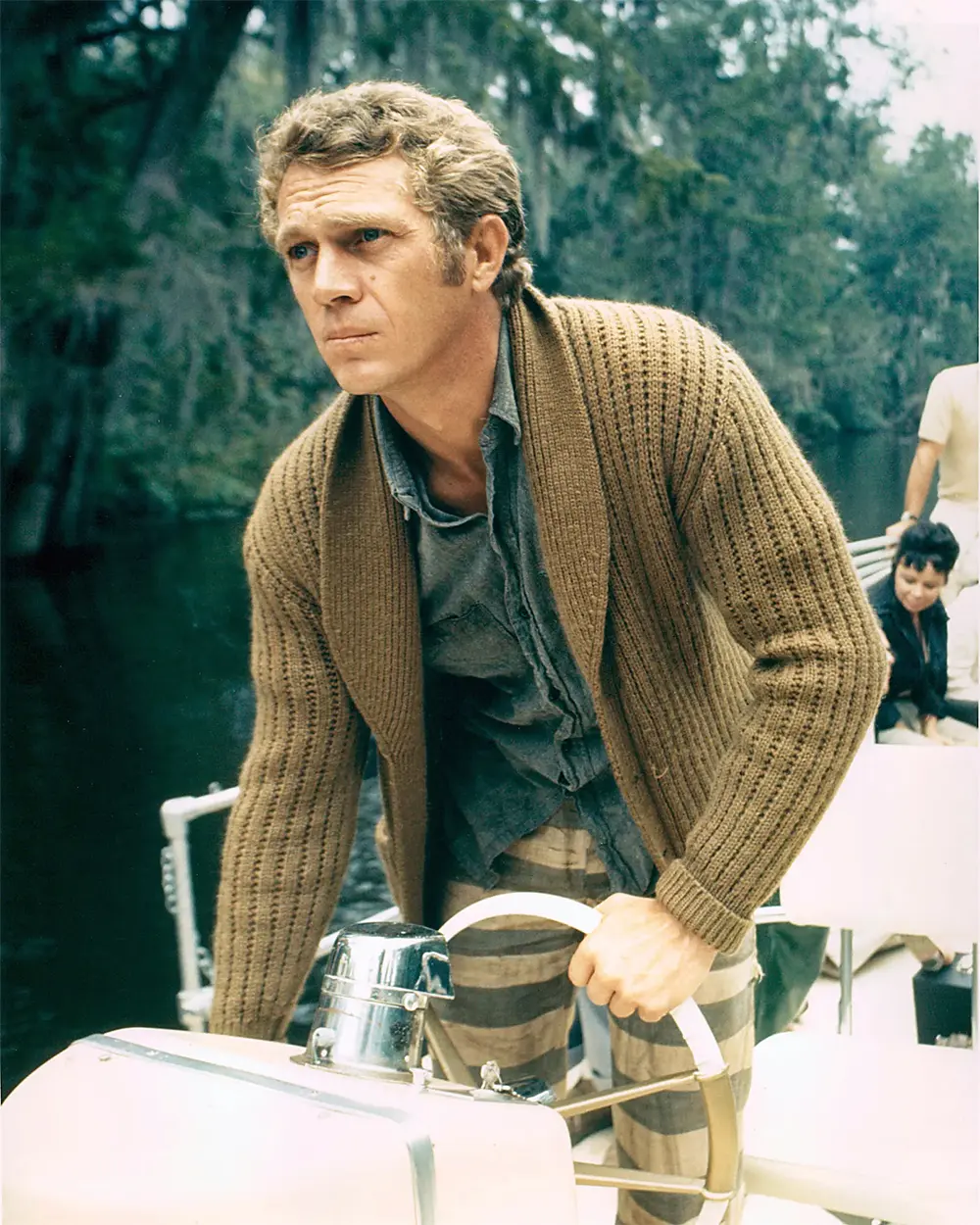
Steve McQueen favoured chunkier, shawl neck styles
In short, the more traditional variety of cardigan as favoured by Frank et al has been unfairly blackballed, a victim of stereotype. The cardigan has become the go-to sartorial signifier to suggest the older aged gent, or the harmlessness of, say, a Mr. Rogers. And yet the cardigan has its origins in war, its invention being attributed to the 19th century British Army officer James Thomas Brudenell, more formally known as the Earl of Cardigan, the man who led the ill-fated Charge of the Light Brigade.
More importantly, and much less disastrously, it was also Brudenell who came up with the button-through knitwear as something he could wear under his tunic to combat the cold nights of the Crimea, but also, less affectingly, because he wanted something he could put on without messing up his hair. No, seriously. The officer class had a touch of the dandy about them in those days, especially since cardigans – which became something of a Victorian craze off the back of his celebrity – would often come braided and fur-trimmed.
From Prince Charles To Kurt Cobain
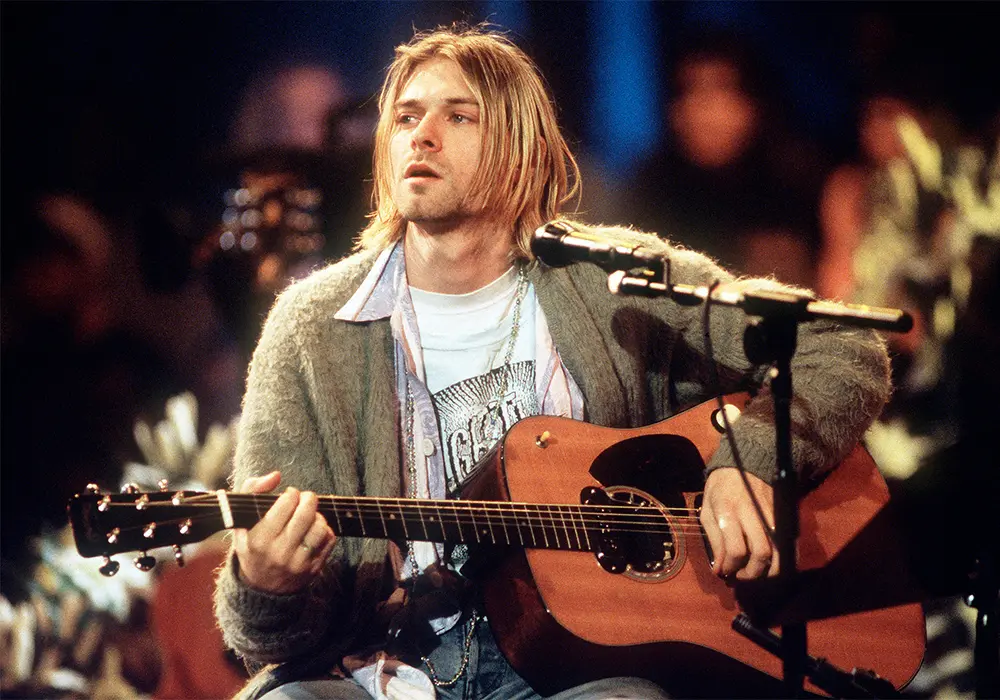
Kurt Cobain turned the cardigan into a key piece in the grunge aesthetic
What’s more, the cardigan is an eminently practical garment. Not just in order to keep your ‘do in order. And not even for the pockets to keep your pipe tobacco in. Standing apart from the knitwear family of sweaters whose chief differences lie only in their necklines, the cardigan is more akin to a knitted liner.
In having some kind of structure and detailing (the placket, the pockets), a cardigan offers a touch more dressiness than a mere pullover. It’s easy and close-fitting enough to slip on under a suit jacket without ruining its line, giving the visual effect, in fact, of wearing a waistcoat but without the stuffiness that that garment can sometimes imply. This is a look many an Italian has mastered.
And yet, somehow, the cardigan is just as at home over a T-shirt with jeans, worn self-consciously sloppily, almost off the shoulder. The cardigan is formal when it needs to be, but a casual, throw-on kind of garment come leisure time.
It’s why a cardigan looks as right on, say, Prince Charles as it did on Kurt Cobain, who helped make the mohair cardigan totemic of grunge, and saw it adopted by many an angsty teen through the 1990s and beyond. Others will appreciate the favourite cardigan’s function as a kind of house coat – what you throw on when you get in after a long day at the grind, the clothing most symbolic of ‘home’.
Of course, you’ll always get experimenters dabbling with it – look up Jay-Z or Pharrell Williams, two people you wouldn’t typically associate with the cardigan. That might suggest that it’s time for menswear to revive the cardigan, but the truth is that it’s never really gone away. It’s just that nobody wants to talk about it, as though it’s fashion’s dirty little secret, this great garment tarnished like no other. It’s time it came out of the closet, literally, and took its rightful place.
